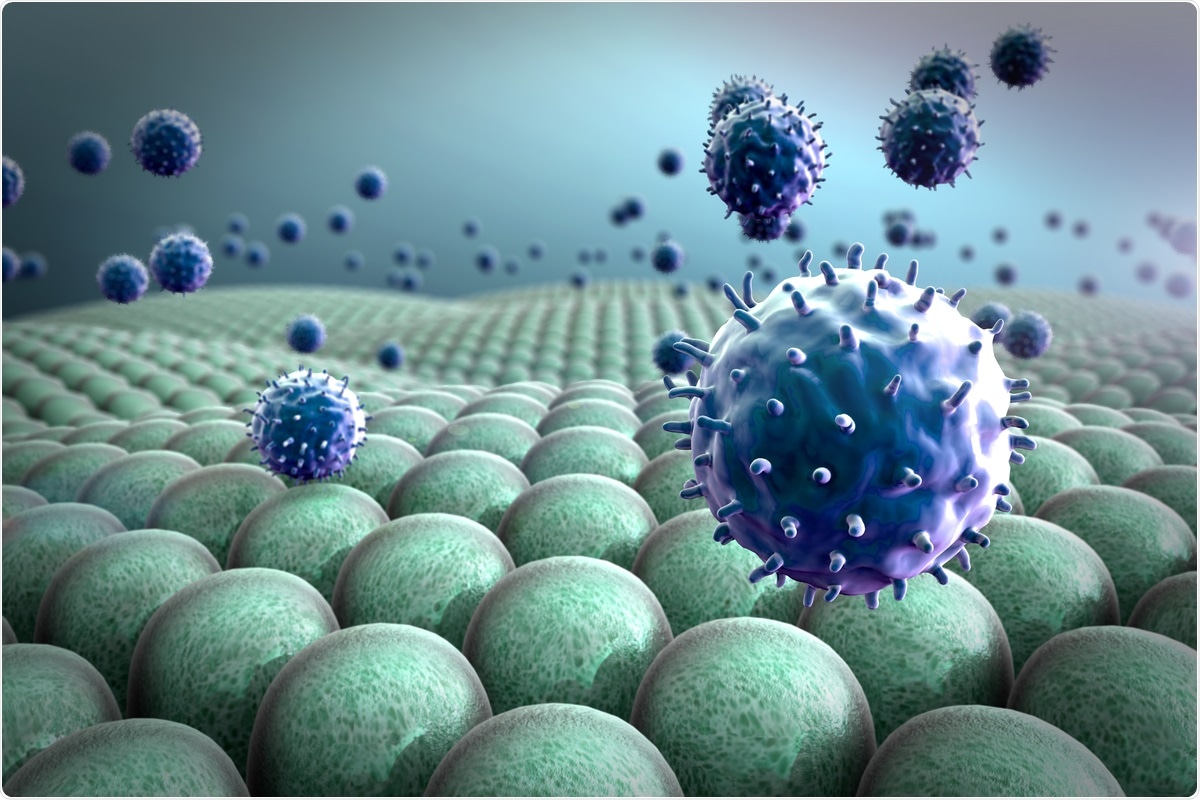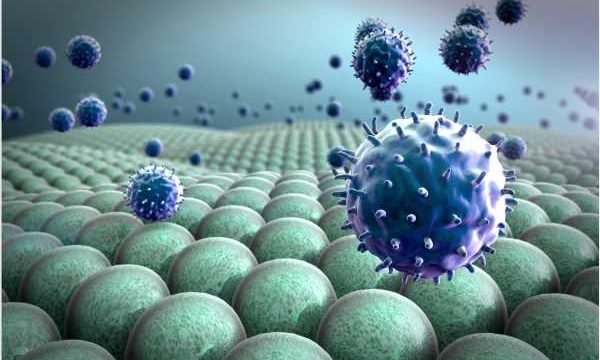The severe acute respiratory syndrome coronavirus 2 (SARS-CoV-2), which causes the coronavirus disease 2019 (COVID-19) has nearly spread to every country around the world since it first emerged in December 2019.

Study: Interrelationship between 2019-nCov receptor DPP4 and diabetes mellitus targets based on protein interaction network. Image Credit: UGREEN S / Shutterstock.com
While restrictions on social gatherings and other methods to help reduce the transmission of SARS-CoV-2 were enacted by most governments, healthcare workers have continued to be frustrated by the lack of information and availability of effective treatments. As a result, patients suffering from severe COVID-19 have had to rely on mechanical ventilation or oxygen supplementation to improve their condition, rather than treating the infection itself.
Several COVID-19 vaccines have received emergency use authorization from various government bodies around the world. These vaccination schemes, in addition to the development of several COVID-19-specific treatments, have rapidly decreased the amount number of patients suffering from severe disease. However, due to the novelty of COVID-19, there remains limited information on how specific comorbidities, such as diabetes, interact with this disease. In general, diabetic patients appear to be more likely to contract SARS-CoV-2 and succumb to severe forms of this disease as compared to non-diabetic patients.
Background
Dipeptidyl peptidase-4 (DPP4), which is also known as CD26, is a serine exopeptidase that is present in a dimeric form on the surface of cells. DPP4 is associated with a wide variety of functions in mammals, some of which include the regulation of hormone, neuropeptide, and cytokine activity, as well as a mediator of interactions between cells and the matrix, as well as between cells.
DPP4 is expressed on the surface of various cells and plays a significant role in glucose metabolism. As a result, DPP4 inhibitors have been widely used to treat patients with diabetes. More specifically, these hypoglycemic drugs antagonize insulin secretion by preventing DPP4 from decomposing glucagon-like peptide-1 (GLP-1), thereby controlling blood glucose levels and improving both glucose tolerance and insulin resistance.
Due to the increased risk of infection and severe outcomes of COVID-19 in patients with a history of diabetes, researchers have looked to DPP4 inhibitors for their utility in treating this patient population. In a recent Nature Scientific Reports study, researchers further explore the relationship between DPP4 and diabetes targets in the management of COVID-19.
About the study
In the current study, the researchers identified targets by searching for ‘diabetes mellitus’ in the GeneCards database and included any targets with a relevance score above 20. These targets were then imported into the Search Tool for the Retrieval of Interacting Genes/Proteins (STRING) database to obtain the protein-protein interaction map, with any targets directly related to DPP4 screened for further research.
STRING was used to carry out the enrichment analysis of gene ontology (GO) function. Comparatively, the Kyoto encyclopedia of genes and genomes (KEGG) pathways analysis was used to predict its action mechanism and construct the network diagram.
Module 1, where DPP4 is located, was used as an internal network, whereas the cross-module association of the internal network is screened out to further evaluate the impact of DPP4 on the network and possible pathways.
Study findings
A total of 1,031 diabetes mellitus targets and 43 targets directly related to DPP4 were obtained. Three functional modules were obtained by cluster analysis, including 17 nodes in the first module, 14 nodes in the second, and 13 nodes in module three.
Through GO and KEGG analysis, the researchers found that the target of module 1 was primarily enriched in insulin secretion and the glucagon signal transfection pathway. Comparatively, the targets of modules 2 and 3 were mainly enriched in signaling receptor binding.
Module 1 was also found to contain 190 cross-module associations, which accounted for 33% of all observed network associations. Within module 1, LEP and apoB proteins were found to have the highest scores, thereby indicating their likely ability to have cross-module effects. Furthermore, INS, IL-6, and ALB in module 1 had the highest scores, which supports the hypothesis that this module has an impact on the aforementioned protein interactions.
Conclusions
Several studies have demonstrated that soluble CD26 levels are reduced in the serum of patients with diabetes. Therefore, the researchers here have speculated that higher levels of DPP4 could provide protection against SARS-CoV-2 infection by preventing the entry of this virus through DPP4 receptors.
Previous observations have also found that unregulated glucose metabolism and inflammation can increase the risk of mortality with COVID-19. Since DPP4 has an important role in glucose metabolism, the use of DPP4 inhibitors could assist in reducing the severity of COVID-19 through this pathway, as well as through their proven use in preventing lung inflammation and reducing lung injury.
By analyzing the functional modules and diabetes targets that are associated with DPP4, the researchers concluded that their findings support the hypothesis that COVID-19 alters the expression of DPP4 in diabetic patients through its interactions with INS, leptin, IL-6, and other proteins. As a result, both disorders of glucose metabolism and inflammation can arise, thereby increasing the chance of mortality in diabetic patients with COVID-19.
Taken together, the findings from the current study support the future study of DPP4 inhibitors in the treatment of COVID-19 in animal models of diabetes. These studies could subsequently provide the basis for clinical trials on DPP4 inhibitors for the treatment of COVID-19 in diabetics.
- Gao, Q., Zhang, W., Li, T. et al. (2022). Interrelationship between 2019-nCov receptor DPP4 and diabetes mellitus targets based on protein interaction network. Scientific Reports. doi:10.1038/s41598-021-03912-6.
Posted in: Medical Science News | Medical Research News | Medical Condition News | Disease/Infection News
Tags: Blood, Coronavirus, Coronavirus Disease COVID-19, Cytokine, Diabetes, Diabetes Mellitus, Drugs, Gene, Genes, GLP-1, Glucagon, Glucagon-like Peptide-1, Glucose, Glucose Metabolism, Healthcare, Hormone, Hypoglycemic, Inflammation, Insulin, Insulin Resistance, Leptin, Metabolism, Mortality, Oxygen, Protein, Receptor, Research, Respiratory, SARS, SARS-CoV-2, Serine, Severe Acute Respiratory, Severe Acute Respiratory Syndrome, Syndrome, Transfection, Virus

Written by
Sam Hancock
Sam completed his MSci in Genetics at the University of Nottingham in 2019, fuelled initially by an interest in genetic ageing. As part of his degree, he also investigated the role of rnh genes in originless replication in archaea.
Source: Read Full Article
